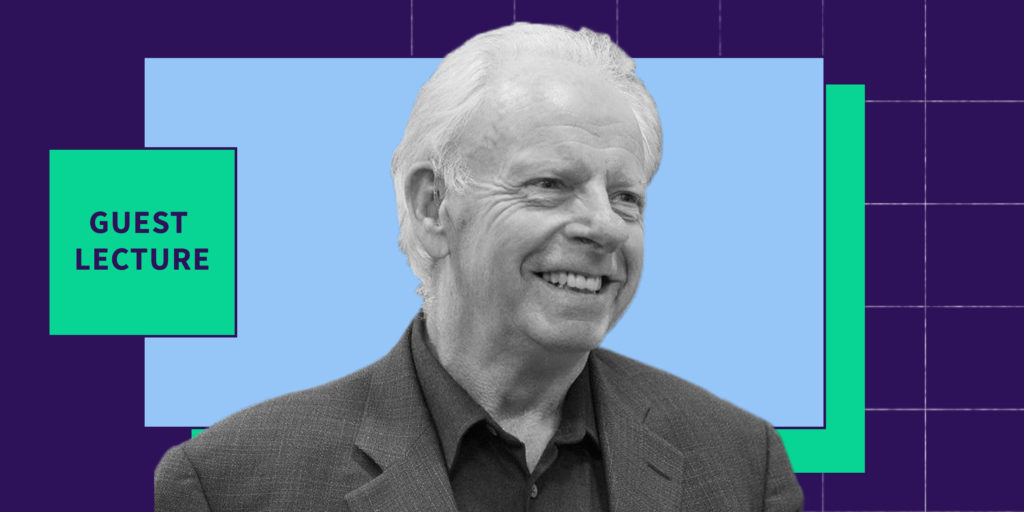When and How to Use Synchronous vs. Asynchronous Teaching Methods
Consider your learning objectives, your students and the merits of synchronous versus asynchronous teaching to guide your approach
Eric Gardiner is an award-winning marketer and content specialist who has written extensively about innovation in higher education. In addition to authoring numerous faculty-focused guides on teaching and learning, his contributed articles have been featured in Harvard Business Education, Faculty Focus, and eCampus News. As the Director of Marketing, Thought Leadership and Educational Programming, Eric is responsible for speaker selection and programming for Top Hat's annual Engage faculty conference and Higher Learnings webinar series. Eric holds a Bachelor of English Degree from Huron College at the University of Western Ontario.

Consider your learning objectives, your students and the merits of synchronous versus asynchronous teaching to guide your approach

Faculty need real-time insights to spot the early signs of struggle and scale the mentorship and support students need for academic success

Flexible course delivery, empathetic faculty and active learning factor heavily in students’ perception of value

Understanding how students learn is the first step in adapting courses for online delivery

Resilient course design promises greater efficiency for instructors and more engaging learning for students—regardless of the modality

Unlike the relative ease of listening to a lecture, active learning demands a level of effort some students may neither expect nor want